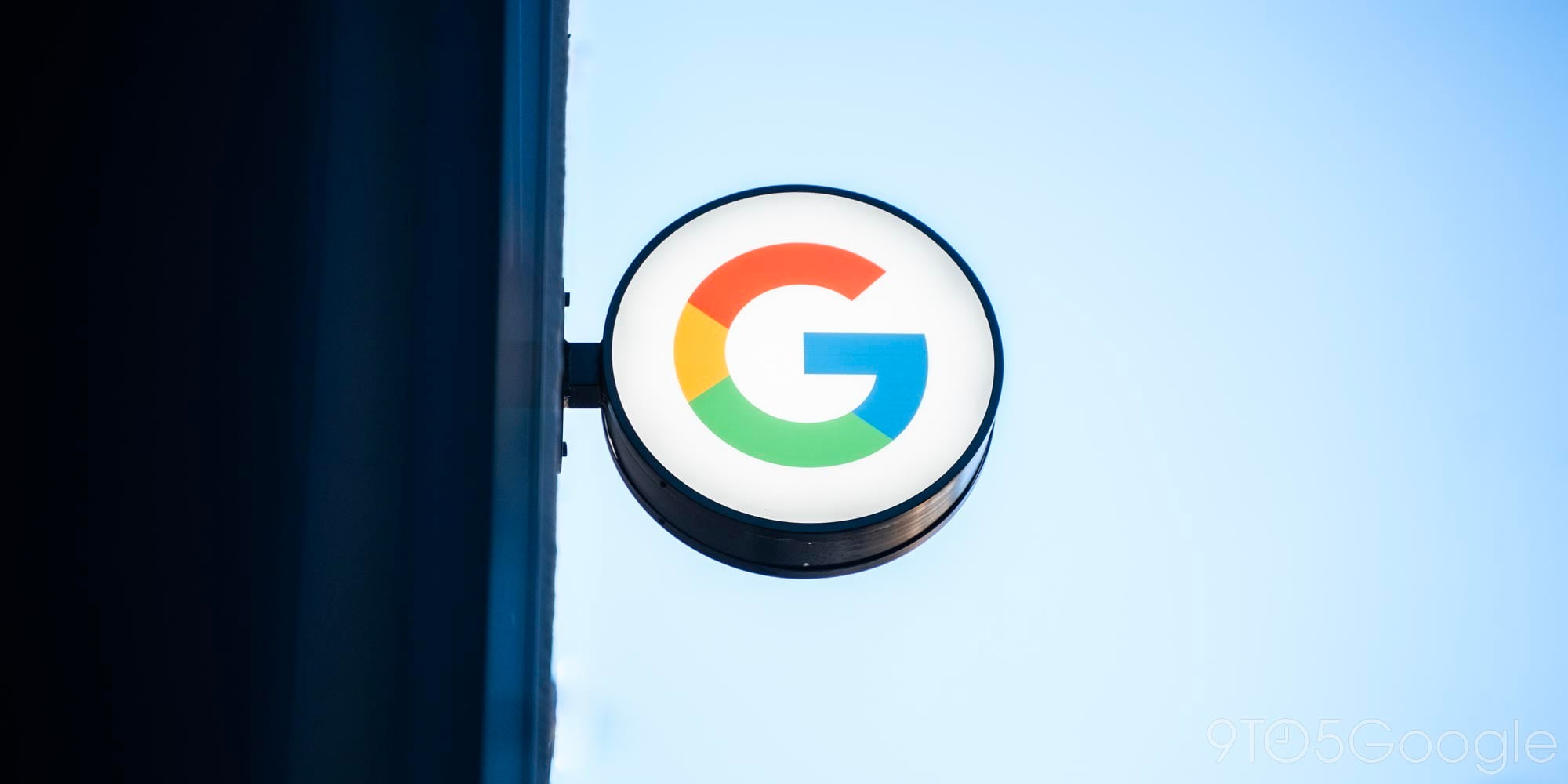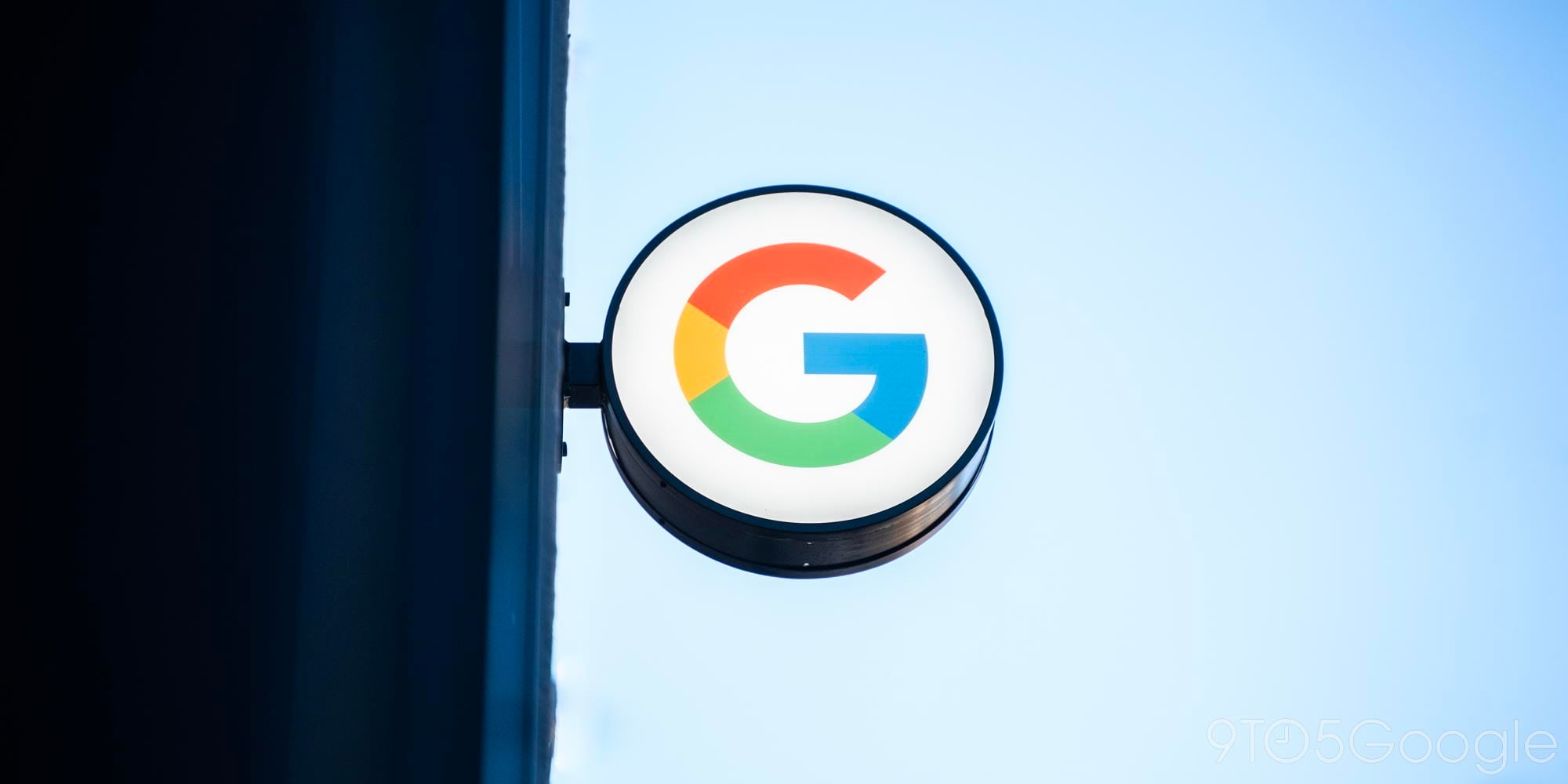

Dr. Tad Vail of UCSF at the kickoff of CrowdOptic’s medical solution
This is part two of my series on the state of Google Glass. Be sure to read the first part of this series where I explain the truth of Google’s official stance on where the device is headed.
Google Glass has an uncertain future, but there are many things we can learn from the past two years. While the general public is holding it to the standard of being a consumer product (and has watched it flop), the Explorer Edition Glass saw amazing accomplishments and successes elsewhere: in the workplace. Many startups—dubbed by Google as the “Glass at Work” partners—have seen the device become a major contributor to their business, and one company in particular, CrowdOptic, has seen extraordinary success working with seven Fortune 500 companies that represent more than $1 trillion in market capitalization.
Although the Glass team definitely missed some hurdles as mentioned in Thursday’s Q4 earnings call, the experimental device definitely has legs (and it’s not just because Google says so)…
When Glass was announced, consumers and developers held it to a standard of being the next “big hit” platform, and it hasn’t in most ways lived up to that expectation (and at $1,500 for an experimental device, it wasn’t really expected to). But Glass was also one of the first players to kick off the wearable movement, and definitely played a key part in the process of bringing Android Wear—Google’s smartwatch operating system—to the consumer market. Glass hit a snag with controversies and jokes (to the point where Google had to come out and address them publicly), but that doesn’t mean that the hardware and concept behind the device has been a complete flop.
In fact, new use cases for the hardware are still popping up every day, and as we’ve seen, one of the most promising areas has been the same area that Glass (from a consumer device perspective) has received the most criticism: its camera. In sports and the medical field, having a sleek wearable camera has proven invaluable and companies like CrowdOptic have built their business around this. CrowdOptic, which is definitely leading the space in many ways, has installed its software in 53 U.S. hospitals including Stanford and UCSF, allowing hospitals to bring HIPAA compliant hands-free video streaming to the operating room. In July, CrowdOptic’s software brought Google Glass live video broadcasts to ProTransport-1 ambulances, which sends a video feed to the destination hospital during emergency response.
But the company has taken sports broadcasting by storm as well, bringing new ways for spectators to get first-person perspectives from players and referees.
“CrowdOptic is in more than two dozen sports stadiums including those for the Indiana Pacers and International Speedway Corp,” according to Jon Fisher, co-founder of CrowdOptic. “And we are definitely in a state of revenue and profitability right now, with over 20 people on board.” The company charges $37,500 for hospital or stadium solutions per year, averaging around $150,000 in revenue per client and $450,000 in bookings with some of the Fortune 500 companies, according to Fisher.
They also have the patents on many of these technologies:
We put things into production immediately and exhaustively in sports to develop the best livestreaming on the market, and that has also allowed us to deploy in medical where having a high quality and always-up livestream is a matter of compliance. In addition, we are the only certified Glass at Work partner with issued patents including US 8,527,340, allowing us favor of further speaking to our clients about the novelty and complexity of what we’re doing.
In all, while this isn’t exactly a testament to Glass having a secure future in the consumer space, there’s definitely more happening behind-the-scenes than you’d expect. Glass isn’t just a new toy that Google hoped would be picked up overnight by the masses—it has been picked up by companies far more influential than any of the “Glassholes” ever could have been.
And Fisher believes that these video streaming solutions could eventually mean consumer acceptance for Glass. “The thesis is that once Glass gets this kind of livestreaming natively, a future consumer model will take off,” he said. Fisher envisions the same as Mark Zuckerburg—that Facebook could be mostly video within five years.
For one, we can’t just assume that the future of Google Glass is secure just because Google says it is indeed working on “what’s next.” The Explorer Program has come to a close, Google’s still not sure what the developer experience is going to look like going forward, and all we’ve been left with is a statement that Google is still “committed” to Glass. But companies like CrowdOptic have already begun building their entire business around Glass and head-worn computing devices like it. It’s certain that Glass in its current form is “dead,” but the first-generation Glass was definitely not a failure by any means. If anything, the Explorer Edition did exactly as Google intended: exposed where this innovation’s strengths and weaknesses exist therein.
It’s definitely uncertain what direction Glass is going to take as a consumer product, but it’s much less uncertain the future of Glass and devices like it in the workplace. There are 10 startups that have embraced the device fully, and it seems obvious that they are part of what is keeping Glass alive today. Hopefully Google will give us an idea of where it’s going with this technology soon.
FTC: We use income earning auto affiliate links. More.





Comments